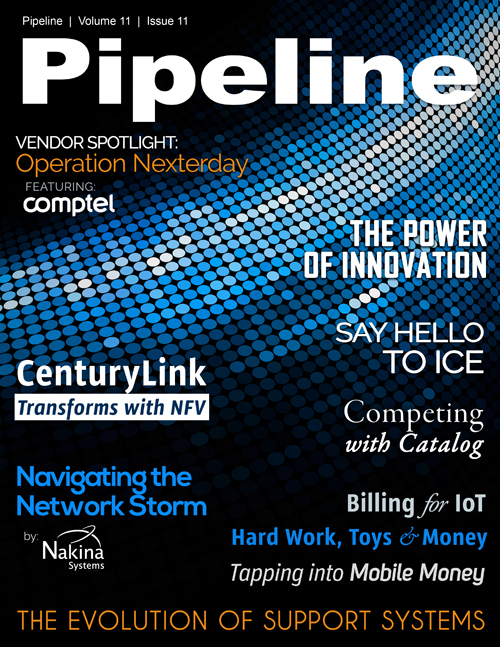Lessons from Comptel: Transforming with Operation Nexterday
To succeed in this environment, digital and communications service providers must deliver consolidated, compelling, connected and convenient digital experiences that incorporate and leverage mobility, communications (traditional and next-gen) and the cloud. Luckily, these businesses are aware of the need to transform. Gartner recently reported that by 2017, 80 to 85 percent of digital and communications service providers will see themselves as platform providers. But how does this transformation occur?
Four steps to transformation
While Comptel is urging customers to start Operation Nexterday, the company is adopting similar steps to foster its own transformation, and the first step is apparent in the company’s new image. Gone are starched suits and leather loafers. Comptel has a new look, one that matches the post-digital consumer, punctuated with red tennis shoes.
“We want more red-shoe people with the right disruptive mindset,” continued Vänttinen. “For many vendors, being better than the competition is enough. We do not want to stop there. We need to be better and unique. Unique value is the only reason to come to us, and that´s what we are ready to deliver.”

The journey to transformation for operators is also a four-part process. It begins with re-imagining the business and brand to better align with customers.
1. Rise to meet consumers with the right image
The image of the industry is in dire need of a makeover. Globally, there has been a power shift from buyers to sellers, and companies of all stripes need to get with the program. Although he’s a voice from an earlier generation, Michael Jackson may have sung it best in Man in the Mirror: “If you wanna make the world a better place, take a look at yourself, and then make a change.”
The traditional type of customer is evaporating, as are the business cases for and relevancy of traditional systems and approaches. The industry must pivot to match the patterns of the customer, and that means being hip, tuned into the digital buying experience, and connected to the customer on a personal level.
T-Mobile offers up a great example of this strategy in action, with its “Un-carrier” movement, complete with cool colors, unique offerings (free in-flight texting, free streaming music), and its iconoclastic front man John Legere. The company has successfully attracted millions of subscribers from its competitors as a result. In fact, T-Mobile captured nearly 80 percent of industry postpaid phone growth in 4Q14.
How can other operators do that? The first step is to start using Intelligent Fast Data and embedded analytics, service automation, machine-learning and software-enabled offer and service creation engines, to provide more relevant recommendations instantly. These automated, data-driven and software-enabled, in-the-moment recommendations are made faster, and they are more accurate, granular and personalized compared to what human beings could ever provide.



















